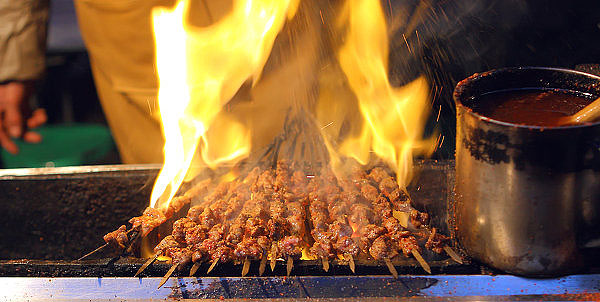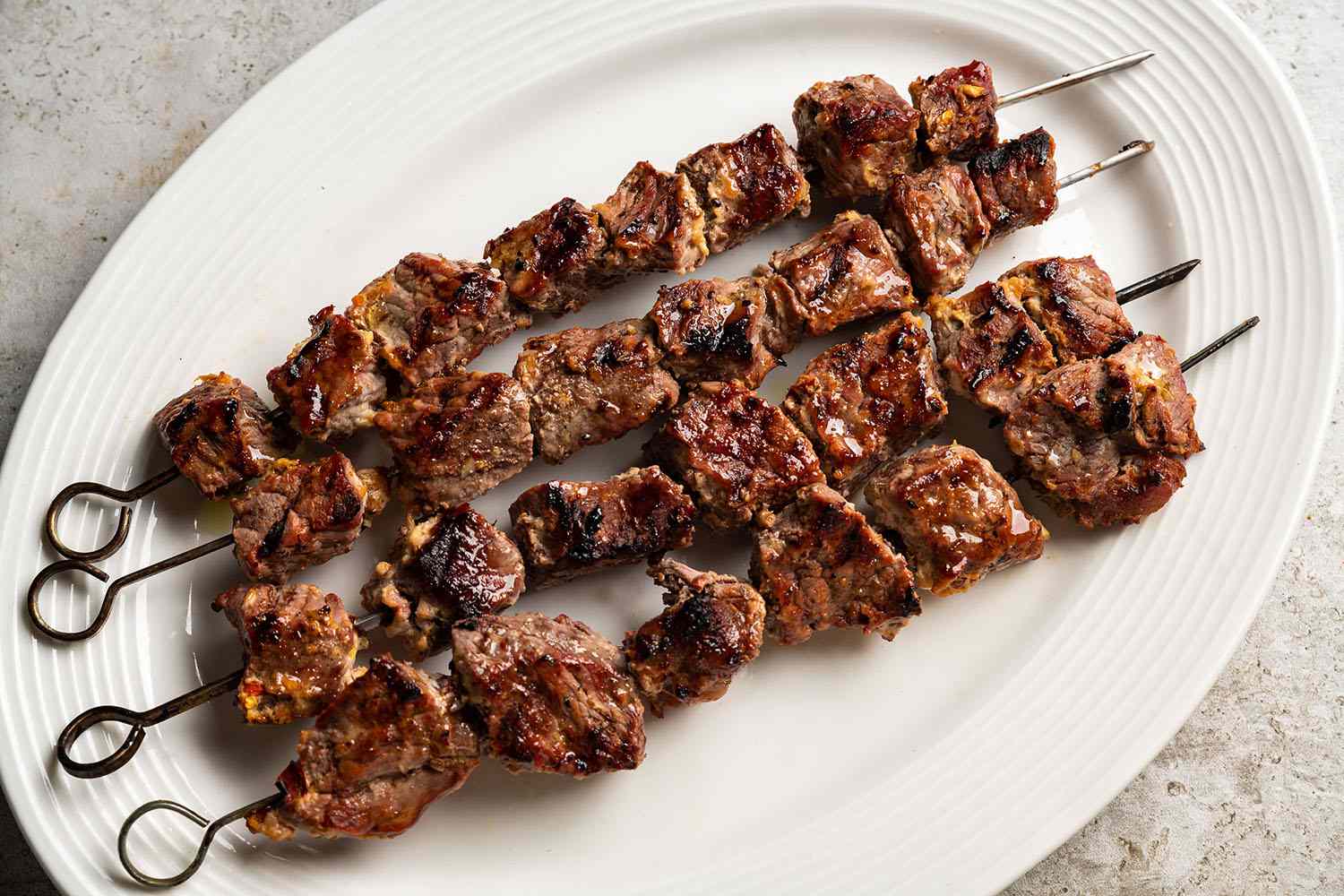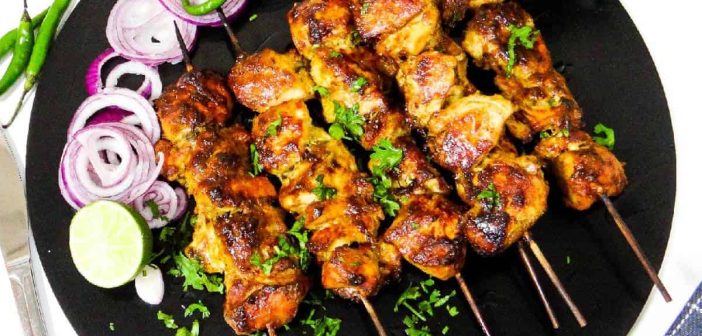Culinary traditions from different corners of the world often share surprising similarities, showcasing the universality of certain flavors and cooking techniques. In this gastronomic exploration, we delve into the delightful realms of Pakistani cuisine with its Tikka Boti Kabab and Chinese culinary heritage featuring Chuanr 串. While originating from distinct cultures, both dishes captivate taste buds with their succulent grilled meat skewers and a symphony of flavors.
1. Origins:
Pakistani Tikka Boti Kabab is deeply rooted in South Asian cuisine, specifically emerging from Punjab—a region known for its rich culinary heritage. It involves marinating tender chunks of meat (typically chicken or beef) before grilling them to perfection on skewers over an open flame or charcoal grill. On the other hand, Chuanr 串 originates in China’s Xinjiang province—a vibrant crossroads influenced by Central Asian flavors that have shaped its unique culinary identity. The similarity could be due to the fact that Xinjiang borders Pakistan and therefore the dishes could be similar due to this very reason.

2. Marination Techniques:
Both Pakistani Tikka Boti Kabab and Chinese Chuanr incorporate marination as a crucial step to infuse depth into the meats.
– In Pakistan’s Tikka Boti Kabab preparation, a blend of yogurt mixed with spices such as paprika, cumin powder, coriander powder, ginger-garlic paste, lemon juice or vinegar creates a tangy marinade that tenderizes the meat while enhancing flavor.
– Similarly, in China’s Chuanr tradition, soy sauce forms an integral part along with spices like cumin seeds (a distinguishing characteristic), chili flakes/powder garlic powder/paste plus additional regional seasonings.
3. Skewering & Grilling Process:
Both cuisines employ skewers for grilling their delectable creations over open flames.
– For Pakistani Tikka Boti Kabab, marinated meat chunks are skillfully threaded onto long metal skewers called “Seekhs,” which are then placed directly over hot coals or under intense heat until infused with smoky charred notes while retaining their tenderness.
– Chinese Chuanr showcases a similar technique, where marinated meats (often lamb, beef, chicken, or vegetables) are threaded onto shorter bamboo sticks or metal skewers and grilled above charcoal flames. This process imparts a distinct smokiness that complements the diverse flavors.

4. Flavor Profiles:
While Pakistani Tikka Boti Kabab and Chinese Chuanr share some grilling techniques, they offer unique flavor profiles influenced by regional spices and seasonings.
– Tikka Boti Kabab boasts a harmonious blend of aromatic spices resulting in mildly spicy yet tangy flavors. The yogurt-based marinade tenderizes the meat while imparting subtle creaminess to each bite.
– In contrast, Chinese Chuanr captivates with its bold flavors dominated by cumin—a signature spice adding an earthy warmth alongside chili flakes/powder and garlic. The intensity can vary from moderately spicy to fiery-hot based on personal preference.
Pakistani Tikka Boti Kabab and Chinese Chuanr exemplify how culinary traditions across borders intertwine through shared cooking techniques like marination and skewering for grilled meat perfection. These dishes not only tantalize taste buds but also serve as cultural ambassadors representing the cherished flavors of their respective regions.
Whether you find yourself savoring succulent bites of Pakistani Tikka Boti Kabab at an outdoor barbecue or relishing the vibrant experience of devouring Chinese Chuanr amidst bustling night market stalls—you’re bound to appreciate the striking similarities between these two delightful grilled delicacies!
Through exploring such culinary connections, we celebrate how food unites us globally—showcasing that regardless of our backgrounds, we can find common ground and joy in the shared pleasures of extraordinary flavors.
Image: The Beijinger, Hinz Cooking, The Spruce Eats




